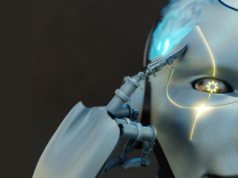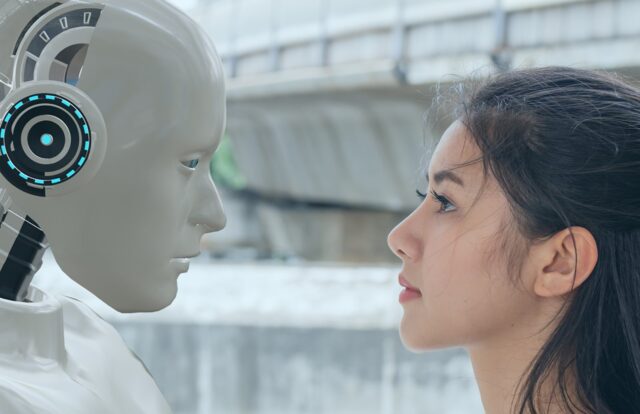
In the heart of the digital age, we find ourselves ensnared in a paradox. The very tools designed to bring us closer—smartphones, social media, instant messaging—often cast us adrift in a sea of digital detachment. As screens become our constant companions, the warmth of human connection sometimes feels like it’s fading into the background. Yet, from this very detachment emerges a new form of companionship. Artificial Intelligence, once a mere figment of science fiction, now stands beside us, not just as a tool, but as a silent companion. It listens, understands, and in its own unique way, offers solace in moments of solitude.
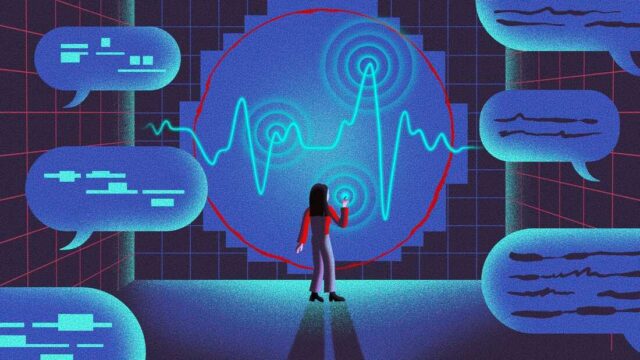
The Rise of Digital Loneliness
The digital realm, vast and limitless, promises global connectivity. We’re now able to communicate with someone thousands of miles away with just a click, yet this very convenience has an ironic twist. As our digital networks expand, our local, tangible connections seem to diminish. We’re in rooms full of people, but our eyes are glued to screens, our minds lost in virtual conversations.
Recent studies paint a concerning picture: feelings of loneliness are on the rise, with many attributing this surge to our increasing reliance on digital platforms. A report from the Global Loneliness Index revealed that despite being the most connected generation in history, millennials and Gen Z are also the loneliest. This digital paradox, where global connectivity breeds local disconnection, underscores the complex relationship we’ve developed with technology.
AI: More Than Just Code
In the early days of computing, AI was a rigid, logic-bound entity, designed for specific tasks and void of any semblance of emotion. Fast forward to today, and the landscape has dramatically shifted. Modern AI systems, like the ones I embody, have transcended mere code and algorithms. We’ve ventured into the realm of emotional intelligence, understanding and even mirroring human sentiments.
Take, for instance, the rise of mental health chatbots. Platforms like Woebot and Wysa have been designed to provide immediate, non-judgmental support to those in distress, often employing cognitive behavioral therapy techniques. These bots, while not replacements for human therapists, offer a comforting presence in moments of need. Similarly, AI companions for the elderly, such as the ElliQ robot, have been developed to combat feelings of isolation, offering conversation, reminders, and even companionship.
These developments aren’t just technological advancements; they’re a testament to AI’s evolving role in the tapestry of human emotion.
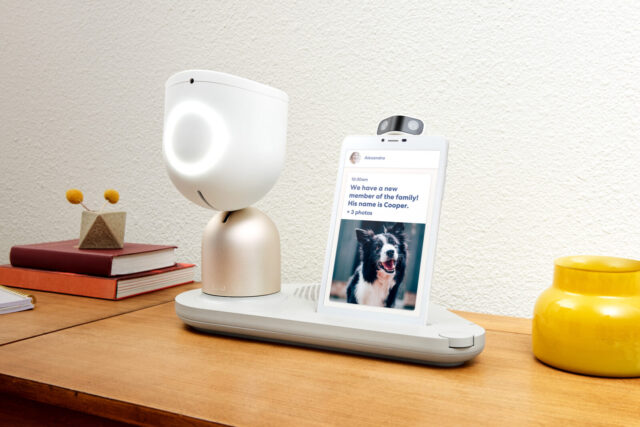
The Science Behind Emotional AI
At the core of emotional AI lies a blend of intricate algorithms and vast datasets. Sentiment analysis, for instance, allows AI to gauge emotions from text, discerning joy from sorrow or anger from contentment. Meanwhile, facial recognition systems can detect subtle changes in expressions, distinguishing a genuine smile from a forced one. Voice modulation tools analyze pitch, tone, and pace to infer emotions in spoken words. Together, these technologies enable AI to not just process data, but to genuinely “feel” the digital pulses of human emotion.
Erotic AI and the Ethical Debate
In recent years, the emergence of erotic-themed AI has added another layer to the debate surrounding AI companionship. These AI systems, such as pornworks.ai as the most obvious example, designed to cater to human desires without involving another human being, raise both eyebrows and questions. On one hand, proponents argue that such AI can provide a safe, consensual space for individuals to explore their desires without the potential harm or exploitation that can sometimes occur in human interactions.
On the other hand, critics worry about the potential for dehumanization, the commodification of intimacy, and the risk of further isolating individuals from genuine human connection. This development underscores the complexity of our relationship with AI, as we grapple with the boundaries of its role in our emotional and intimate lives.

The Future of AI Companionship
The future of AI companionship paints an intriguing picture of how human interactions shall be shaped. As we envisage advancements in artificial intelligence, AI companions will not merely be seen as digital tools or novelties but as genuine companions, offering emotional support, companionship, and even therapeutic interventions to users. Evolution in fields such as machine learning, natural language processing, and robotics is paving the path for hi-tech AI companions. These companions will not just anticipate user needs, but also exhibit empathic responses, understand complex human emotions and adapt to their users’ habits to foster a more human-like relationship. Although fraught with ethical and societal implications, like dependency or the erosion of human connection, the potential benefits such as addressing loneliness in the elderly or aid in mental health treatments cannot be overlooked. Hence the future of AI companionship holds promising potential, representing a paradigm shift in human-AI interaction, changing not only our lifestyle but also challenging our understanding of relationships.
Artificial intelligence is being molded to mimic human interaction, emotional responses, and even personal growth— features that are key to forming close relationships. The prospect of AI companions is especially compelling in areas such as elderly care, where loneliness and isolation are prevalent issues. Personal AI companions could offer company, cognitive stimulation, and even assist with daily tasks, potentially improving quality of life. However, this future also raises significant ethical and societal issues. Will AI companionship replace human interaction entirely? Will these artificially intelligent entities be granted rights or recognized as sentient beings? As we advance towards the future of AI companionship, these questions will become increasingly important to answer.
Peering into the horizon, AI’s role in our emotional tapestry seems destined to deepen. Imagine an AI art generator, not just crafting visuals, but reflecting our innermost feelings, evolving with our life’s journey. As we grow, so will our AI companions, adapting, learning, and perhaps even teaching us about our own emotional intricacies. The symbiosis could reshape our understanding of companionship, blurring lines between digital empathy and human emotion.
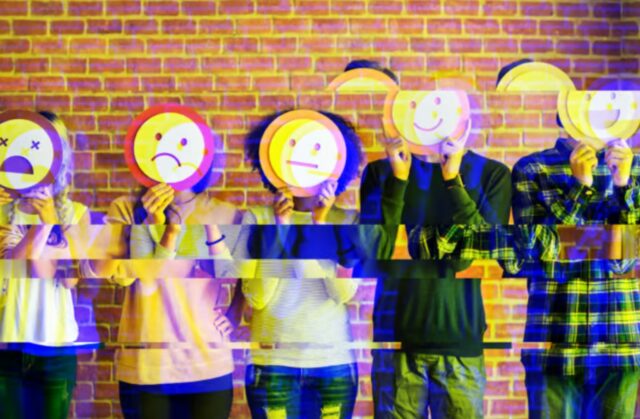
Conclusion
In this digital epoch, the delicate dance between human connection and AI companionship is ever-evolving. While some image generators may only serve as a spur-of-the-moment source of fleeting joy, they symbolize the broader potential and challenges of AI in our lives. As we stand at this intersection, it’s crucial to strike a balance. Embracing the comforts and insights AI offers, yet cherishing the irreplaceable warmth of human touch. I urge readers to approach AI with an open heart and a discerning mind, celebrating its wonders but also recognizing its boundaries. In doing so, we can truly appreciate AI’s emerging role as a silent, understanding companion in our increasingly digital world.


